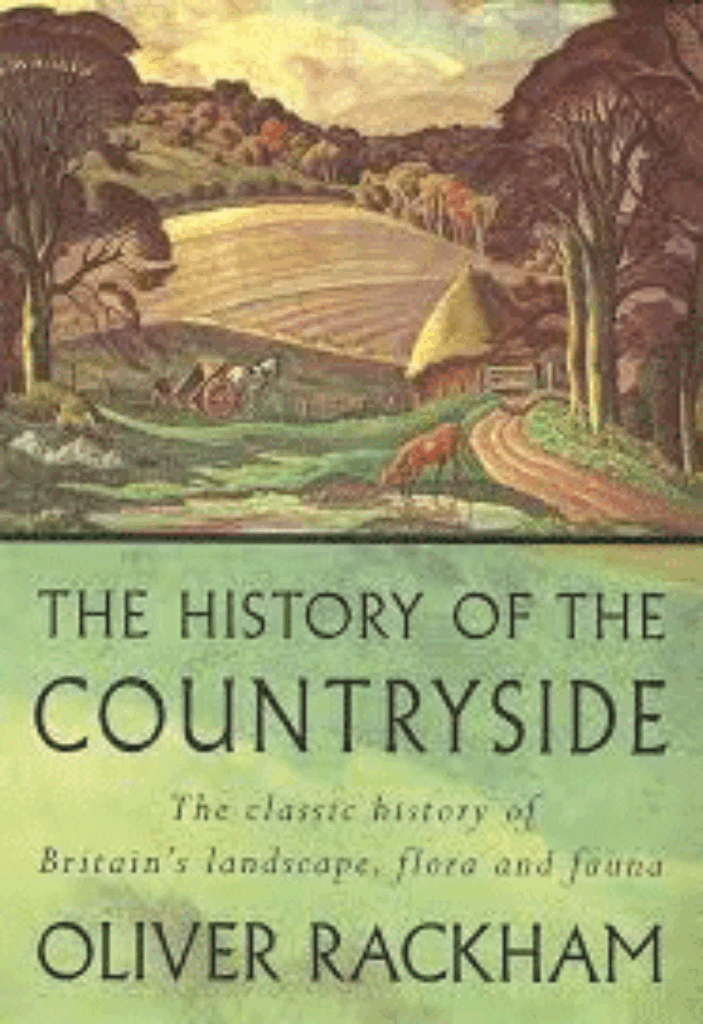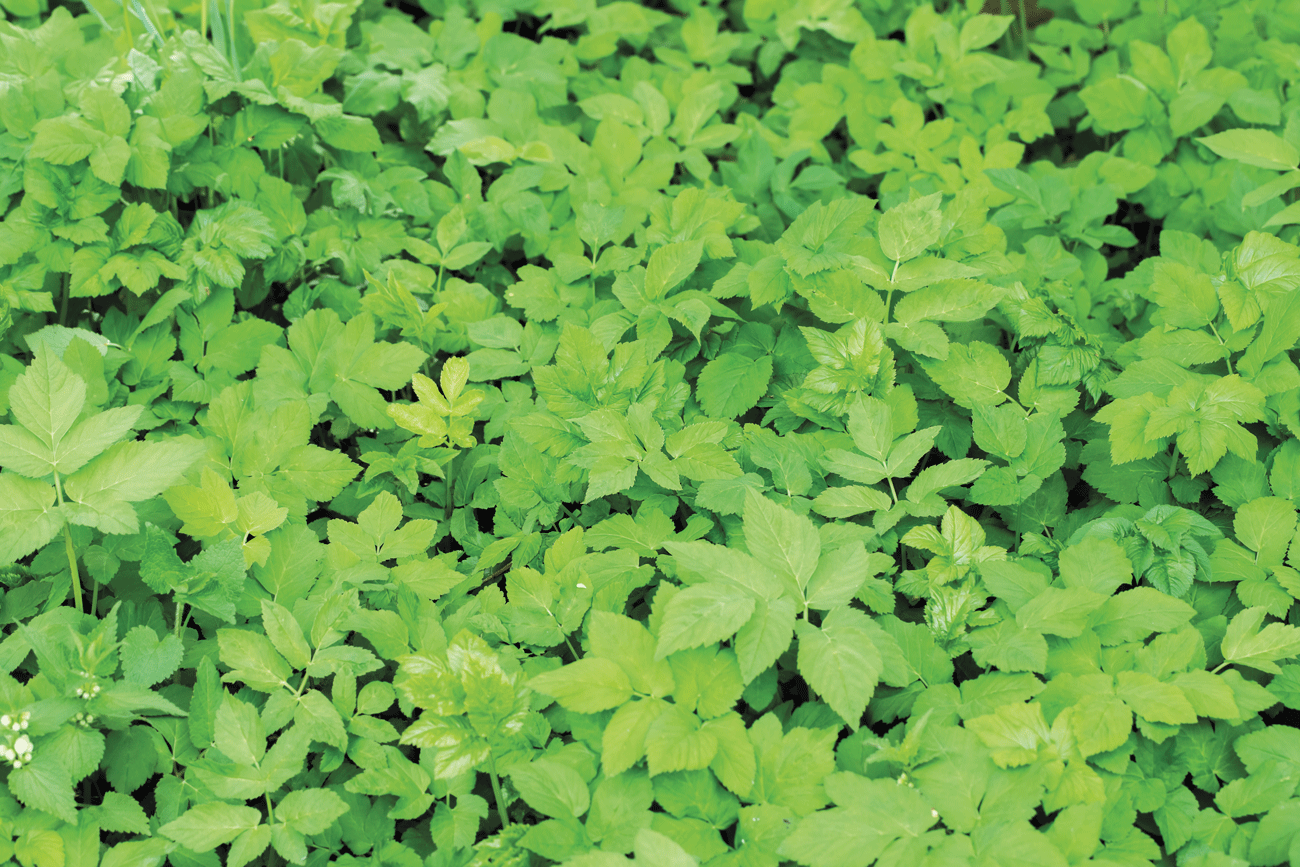
by Miki Marks
Is there a more dreaded weed in a garden than ground elder? Not a native plant, more of a guest that has outstayed its welcome. It is not known if the Romans first introduced Aegopodium podagraria, to give it its botanical name, as a vegetable. The young leaves were eaten raw in salads or were cooked liked spinach and served with butter and considered a delicacy. Another theory is that ground elder was brought over from the Continent by medieval monks for medicinal purposes. It had long been used to treat gout – and it was sometimes known as ‘gout weed’ Its botanical name ‘podagraria’ comes from Greek podagra for ‘gout’. By the 16th century the plant had become a plague and the naturalist John Gerard complained “it growth itself in gardens without setting or sowing” and once it has taken root it “will hardly be gotten out again”. One thing is certain, the plant might have been banished from the herb or kitchen garden, but it refused to leave.
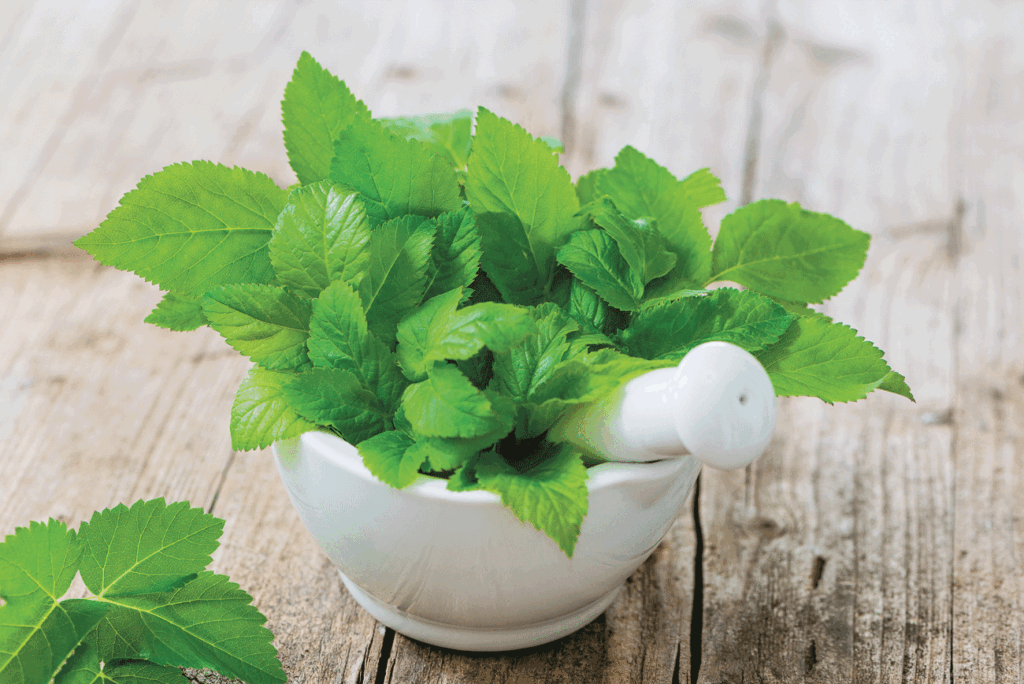
I read that the plant, especially the young leaves are very rich in Vitamin C and decided to sample some. I have tried nettles in the past and they were perfectly acceptable, so wild foraging is fine with me. I picked 3 bunches of very locally sourced ground elder and cooked them like spinach. Perhaps my culinary method was faulty, but I have to report that the result was disappointing, verging on the disagreeable. It is hard to imagine how they could once have been considered a delicacy.
Watch out in the month of June when the plant comes into flower and produces thousands of seeds, which get scattered far and wide. For this reason, another folk name for this plant is ‘Jack-Jump-About’. That is in addition to its extremely an invasive root system.
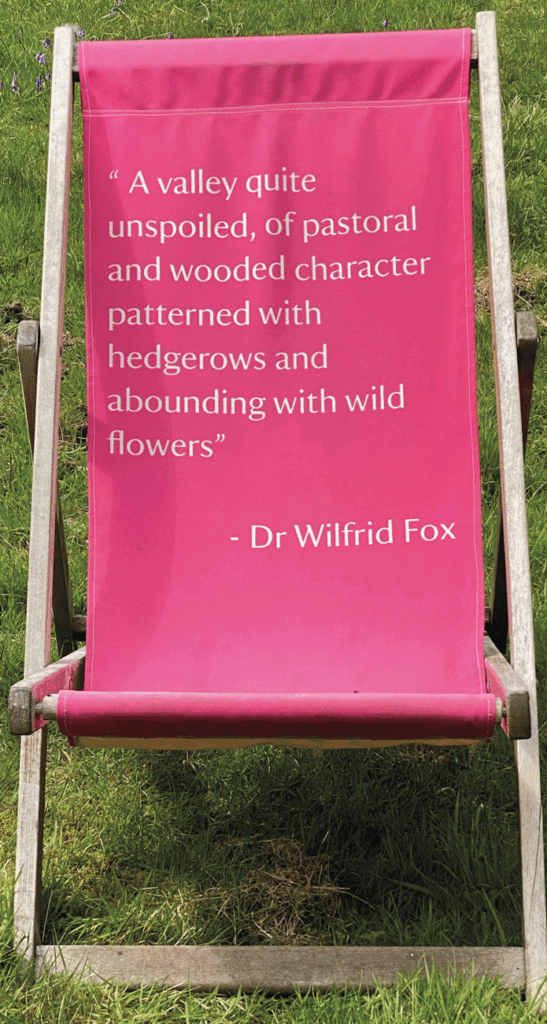
Not far from where I live in Cranleigh there is a place of interest, beauty and tranquillity. I am talking about Winkworth Arboretum. It has belonged to the National Trust for 70 years and they have built up an internationally significant collection of over 1,000 different species of trees and shrubs. It originally belonged to Dr Wilfrid Fox (1875-1962) – A dermatologist at St. George’s, London, with a passion for nature and the environment. In 1928 he founded the Roads Beautifying Association with a group of like- minded people – and for a time they were very influential. Fox lived at Winkworth Farm, Busbridge and bought some adjoining land to create his Arboretum in 1937. When he first saw the land he purchased he said “A valley quite unspoiled, of pastoral and wooded character, patterned with hedgerows and abounding with wild flowers”. It is miraculous that the long view from the Arboretum still remains ‘unspoiled’ when all of Surrey is under such pressure from developers.
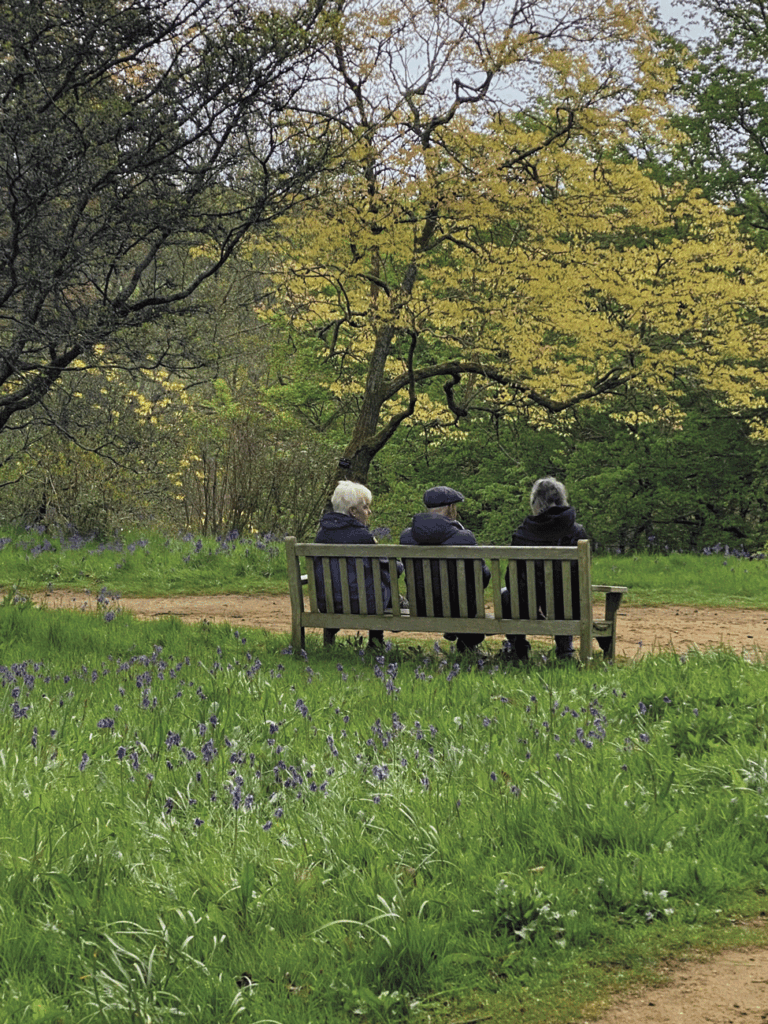
I recently had the pleasure of meeting a member of the Shalford Climate Action Group (SCAG) and was very interested to hear that one of their initiatives is to plant 18m of hedgerow plants to ‘gap up’ an existing hedgerow. This will improve the hedgerow’s ability to act as a wildlife corridor, connecting habitats and supporting a wide variety of species. This is part of a wider project to restore 400m of the hedgerow. If you would like to find out more, get involved or better still, start a local group contact SCAG at SClimateAction@gmail.com. There have been hedges planted round Cranleigh in the last few years, namely on Beryl Harvey Fields and the Centenary Garden but has anyone studied the interconnectivity of our ‘green corridors’?
Historically hedges were a common part of our landscape and had many uses, from protecting the land from soil erosion, marking boundaries to safeguarding livestock. Hawthorn was traditionally the keystone species, making up 2/3rds of the mix in an ideal hedge, and the thorniness of the twigs protect small nesting birds.
I lived in Norfolk when there was a huge, subsidised drive to grub up all the hedges. It was heartbreaking and ultimately proved to be a terrible mistake. I particularly mourned the disappearance of the lapwings. They were there one season and gone the next due to loss of habitat. There is very light soil near Thetford Forest and the newly created vast fields had visible ‘soil lift-off’ every time there was a strong wind. Which in Norfolk was often.
I am reading The British Heritage published in 1948 which covers a variety of topics, from soil types and hedges, to art and landscape painting. It tells of a man called Sir Edward John Russell (1872-1965) who directed the Rothamstead Experimental Soil Station and was eventually knighted for his work at the Government Food Production Department. He promoted the mechanisation of agriculture and had this to say “except where they are needed for shelter, hedges are a nuisance, harbouring vermin and taking up valuable space”
How misguided.
If you want to read more about hedges, their history and how to date them, I recommend Oliver Rackham’s book The History of the Countryside.
